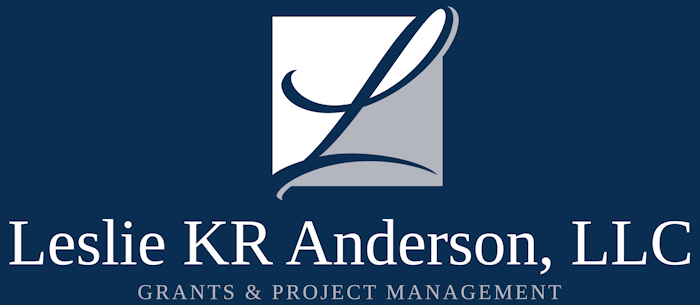Process Improvement
Process improvement is a systematic and structured approach aimed at enhancing the efficiency, effectiveness, and overall performance of a business’s operations. This involves identifying, analyzing, and optimizing various processes within an organization to achieve better results, reduce costs, and enhance customer satisfaction. Here is an explanation of the process improvement journey for a business:

- **Identification of Processes**: The first step in process improvement is to identify the processes within the organization that need attention. These could be any activities, tasks, or workflows, such as order fulfillment, customer service, product development, or financial reporting.
- **Set Clear Goals and Objectives**: Once the processes are identified, the next step is to set clear, specific, and measurable goals and objectives. These goals should be aligned with the organization’s strategic objectives and should address the areas that need improvement, such as reducing errors, increasing productivity, or shortening lead times.
- **Data Collection and Analysis**: To understand the current state of the processes, data is collected and analyzed. This may include key performance indicators (KPIs), process maps, and metrics to measure the process’s efficiency and effectiveness. This data helps in identifying bottlenecks, inefficiencies, and areas for improvement.
- **Root Cause Analysis**: After collecting data, it’s important to perform a root cause analysis to understand why problems or inefficiencies exist in the current processes. This involves identifying the underlying causes of issues, which could be due to factors like poor communication, outdated technology, lack of training, or unclear procedures.
- **Generate Improvement Ideas**: Once the root causes are identified, the next step is to brainstorm and generate improvement ideas. This could involve brainstorming sessions, involving employees from different levels of the organization, or benchmarking against industry best practices.
- **Prioritization**: Not all improvement ideas can be implemented at once due to resource constraints. Prioritization is crucial to determine which improvements will have the most significant impact on the business. The priority may be based on potential ROI, customer impact, or other strategic considerations.
- **Implementation**: After prioritizing improvement ideas, it’s time to implement changes to the processes. This may involve revising standard operating procedures, investing in new technology, providing training to employees, or restructuring the workflow.
- **Monitoring and Measurement**: Continuous monitoring and measurement are essential to track the impact of process improvements. This includes regularly assessing KPIs and other metrics to ensure that the changes are having the desired effect and to make adjustments if necessary.
- **Feedback and Adaptation**: Feedback from employees, customers, and other stakeholders is invaluable in the process improvement journey. It helps in identifying any unintended consequences or areas that may still need improvement. The organization should be adaptable and open to making further adjustments based on this feedback.
- **Documentation**: Documenting the revised processes, standard operating procedures, and any changes made is crucial for maintaining consistency and providing a reference for employees.
- **Continuous Improvement Culture**: Process improvement is an ongoing, iterative process. To be successful, an organization should cultivate a culture of continuous improvement, where employees are encouraged to identify and address issues as they arise.
- **Celebrate Success**: Celebrate and acknowledge the achievements and successes that result from process improvement. Recognizing and rewarding the efforts of the team can boost morale and motivation.
